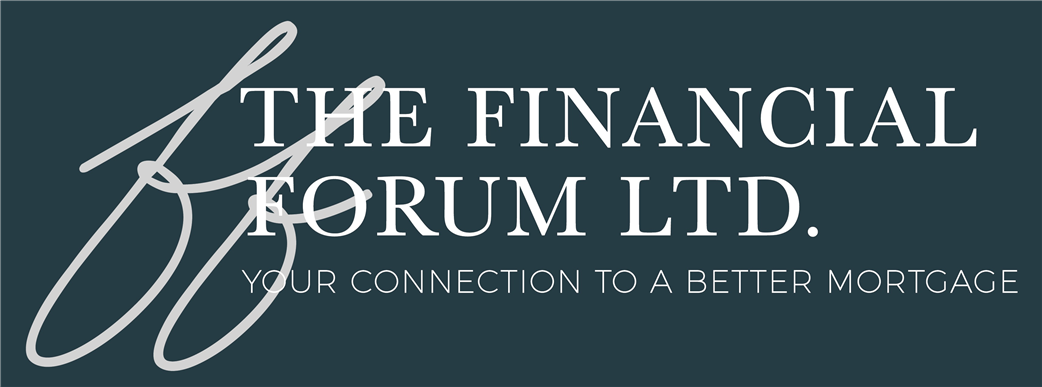
Lou Salvino
Tread Softly
8/12/2013

Out with the old, in with the new. Carpeting, that is. Are you redecorating? Or preparing the home for sale? Whatever your reasons for installing new carpeting, here's a guide to help you make the best choice for your needs.
What's Your Style?
There are two categories of carpeting: loop pile and cut pile. Loop styles include Berber and level loop. Both are durable, stain resistant, easy to clean, and leave little evidence of walking or vacuuming, making them great for high-traffic areas. Level loop, which is often used in commercial spaces due to its resilience, has a tough texture, while Berber is soft. Because they're looped, however, both are vulnerable to snagging.
Cut-pile begins as loop pile, but the loops are cut during manufacturing. Styles include plush, Saxony, textured, and frieze. Footprints and vacuum marks easily show on plush and Saxony carpets, thanks to their velvety soft surface. Less suitable for high-traffic areas, they're often used in master bedrooms and formal living rooms. Textured and frieze are very popular choices for floors in every room of the home, as they mask imprints well and are quite durable (frieze especially so).
Get Your Fiber
A carpet's durability is largely determined by its fiber type. Most carpets are made of synthetic fibers: nylon, olefin (polypropylene), polyester and acrylic, for example. Nylon is the most commonly used fiber, and no wonder - it's strong, easy to clean, and resistant to dirt, mildew, and crushing, making it great for floors that see lots of activity. Polyester is nylon's less expensive, less resilient alternative.
Olefin has traditionally been used for outdoor carpeting, but is becoming more popular indoors. Relatively inexpensive, it offers excellent stain and moisture resistance, but is susceptible to crushing.
Acrylic resembles wool in look and feel, but is much less expensive. It's stain and mildew resistant, and easily cleaned. Acrylic can pill, however. More commonly used in rugs than carpets, it's not recommended for high-traffic areas.
A natural fiber, the luxuriousness of wool is pricey. Its advantages are that it's naturally durable, made from a sustainable material, and soil resistant due to its tightly packed fibers. However, it's high-maintanence and moisture absorbent.
Carpet Color
If you're selling your home, or there's a chance you'll be selling in the near future, your carpet-color choice should be dictated not by what's appealing to you, but by what's appealing to as many potential buyers as possible. And that means staying neutral: off-white, beige, or gray, for example.
If you're staying put, anything goes. But do keep the following in mind: Light colors show off stains, and are harder to clean. On the upside, they help make smaller rooms appear bigger and brighter. Dark colors better hide stains but more easily show lint; they also lend large rooms a sense of warmth. Also, a color looks different depending on lighting, so be sure to get samples and look at them under a variety of different light sources.




























